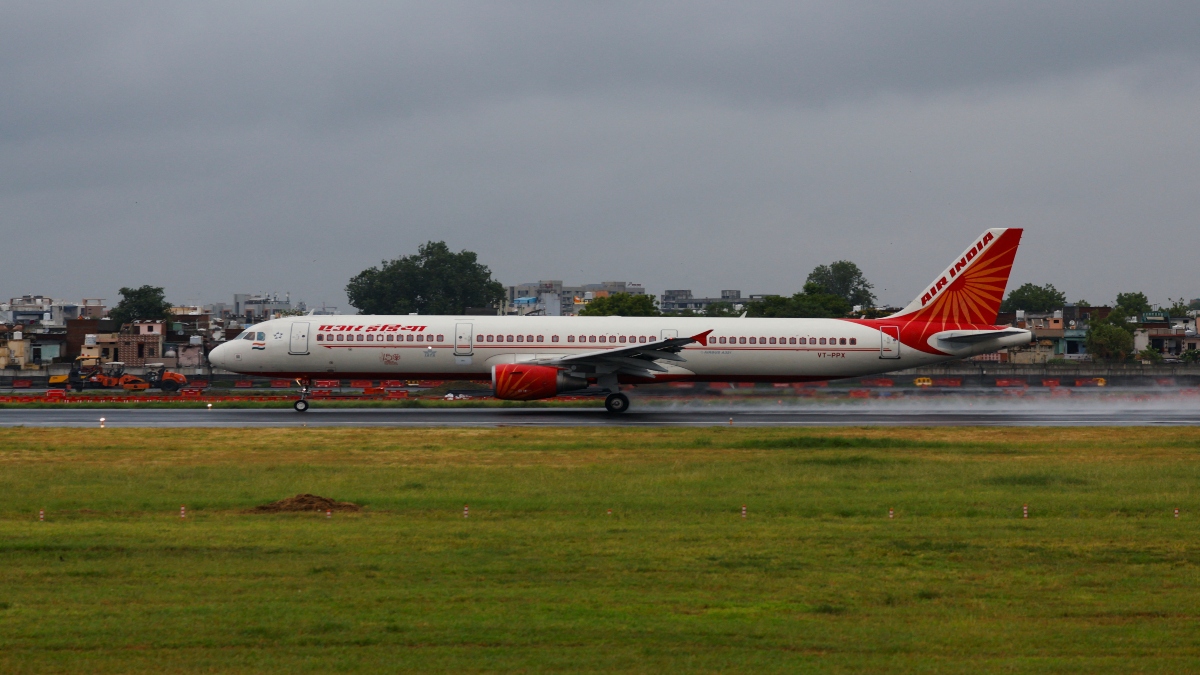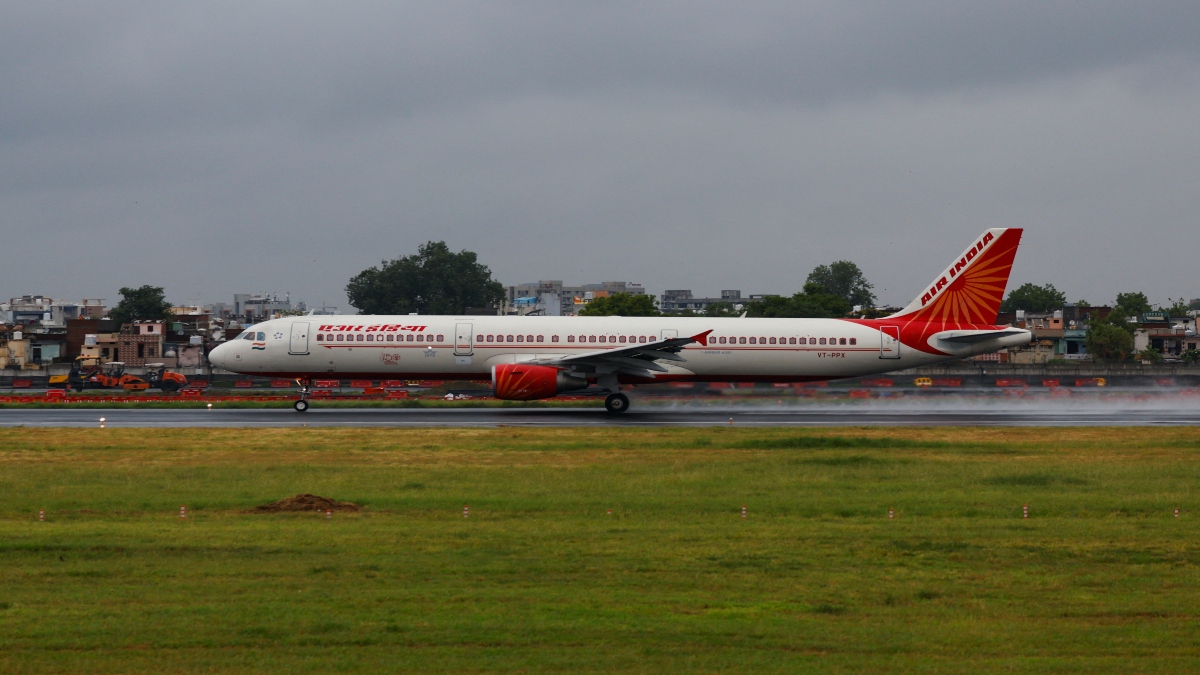Iran launched several waves of ballistic missile attacks targeting Israeli territory in the early hours of Saturday. Among the locations struck was the Kirya area of Tel Aviv, which houses Israel’s military headquarters and the Israeli Ministry of Defence.
The incident has reignited scrutiny of Israel’s famed air-defence network, including the widely celebrated Iron Dome system, amid reports of multiple missile impacts, civilian casualties, and visible damage across parts of central Israel.
The strikes came in retaliation to what has been described as Israel’s most extensive assault on Iranian soil to date — an operation involving fighter jets and drones that infiltrated Iranian territory to strike nuclear and military targets.
According to Iran’s representative to the United Nations, 78 people were killed and over 320 injured in that Israeli offensive.
The Israeli side has claimed the mission was launched to prevent Tehran from nearing the capacity to develop an atomic weapon, though assessments by the US government and independent experts had not found Iran to be actively working on such a weapon before the Israeli strike.
What damage did Iran do in Israel?
One of the most dramatic moments of the Iranian counterstrike was captured on video, showing a missile descending into the Kirya district of Tel Aviv. This area is known as the nerve centre of the Israeli military, housing both the Israel Defense Forces (IDF) and the Ministry of Defence.
Footage showed interceptor missiles being launched moments before a powerful blast erupted on impact, sending plumes of smoke skyward.
The Iranian Islamic Revolutionary Guard Corps (IRGC) claimed responsibility for targeting Israeli air bases and military infrastructure.
The IRGC stated that the missile campaign was a direct response to Israel’s earlier attacks on sensitive Iranian sites, including the Natanz nuclear facility, and the killing of top Iranian military commanders.
Witnesses in both Tel Aviv and Jerusalem reported hearing sirens and multiple explosions through the night, with Israel’s emergency alert systems urging civilians to seek shelter.
In central Israel, including Tel Aviv and surrounding cities such as Rishon Lezion, residential buildings were damaged or destroyed, leaving residents trapped under rubble and emergency services scrambling to respond.
Civilian casualties in Israel confirmed
Emergency agencies have confirmed multiple fatalities and scores of injuries following the missile strikes. Israel’s national ambulance service, Magen David Adom, stated that “an Iranian missile struck near homes in central Israel,” resulting in the deaths of two individuals and injuries to at least 19 others.
In a separate incident, Beilinson Hospital in Tel Aviv confirmed the death of a woman and treatment of several others injured during the strikes.
Ichilov Hospital, another major medical centre in Tel Aviv, reported that it treated seven people injured in the attack, including one with moderate injuries and the rest with minor wounds.
Fire and Rescue Services of Israel noted that four homes were significantly damaged in the missile barrage, and additional efforts were underway to rescue individuals trapped beneath debris.
The Israeli military stated that it was continuing to intercept incoming projectiles while urging civilians to remain in shelters amid fresh warnings of additional attacks.
Did Israel’s air-defence network fail against Iran?
Israel’s much-vaunted multilayered air-defence system, built over decades and backed by significant US funding, faced a stern test during this large-scale assault. The system is composed of several integrated components:
Arrow system: Designed to counter long-range ballistic missiles, including those launched from Iran and by Yemen-based Houthis. Developed in partnership with the US, the Arrow operates outside the atmosphere.
David’s Sling: Developed for intercepting medium-range missiles, particularly those launched by groups like Hezbollah, which has a vast arsenal of guided weapons.
Iron Dome: Perhaps the most well-known system, the Iron Dome focuses on intercepting short-range rockets. It has seen thousands of successful interceptions since its deployment, boasting a success rate of over 90 per cent during recent conflicts with Hamas and Hezbollah.
Iron Beam: An upcoming laser-based system, not yet operational, which is expected to drastically reduce interception costs. While still under development, Israeli officials have projected that the Iron Beam will cost just a few dollars per interception — compared to roughly $50,000 for each Iron Dome launch and up to $2 million for higher-tier systems.
Despite these layered defences, several missiles managed to bypass interception efforts and strike populated areas.
A US official, speaking to AP anonymously, confirmed that American ground-based air-defence systems were deployed in the region to assist Israel during the Iranian missile assault.
Nevertheless, Israeli authorities acknowledged that some missiles evaded the systems and caused “a few impacts on buildings.”
The IDF, while confirming that they were engaged in interception efforts, declined to comment on the precise locations and number of successful or failed intercepts, saying only that the defence systems were “in active operation.”
Has Israel’s Iron Dome failed before?
This is not the first time concerns have been raised over the performance of Israel’s air-defence systems under heavy and coordinated fire.
In September 2024, Hezbollah fired a major salvo of rockets into northern Israel, including cities like Safed, Haifa, and Karmiel. The attack marked a rare breach of the Iron Dome’s capabilities and was viewed as a significant vulnerability in Israel’s national defence.
Hezbollah’s rockets — more advanced and numerous than those of Hamas — are believed to include a mix of short-range, medium-range, and precision-guided munitions, many of them provided by Iran.
The Israeli military, as of last year, estimated Hezbollah’s missile inventory at approximately 150,000, including thousands of guided systems capable of reaching central Israeli cities.
A similar concern was raised in October 2024, when the Golani Bridge base operated by the IDF was struck in what became the deadliest enemy drone attack on Israeli territory.
That incident, too, sparked concern about whether the Iron Dome and related systems were becoming less effective against modern and high-volume threats, especially with the growing prevalence of drones, cruise missiles and coordinated rocket fire.
Israeli officials have long pointed out that no defence system is infallible, and that their air-defence architecture is designed to focus on protecting population centres and vital infrastructure.
In such a model, systems like the Iron Dome are programmed to intercept only those projectiles that are likely to strike sensitive or populated areas, letting others fall in uninhabited zones.
But the recent hits near the Kirya and other residential areas have resulted in fresh questions over whether the system is being overwhelmed or outpaced by evolving threat profiles.
Iran’s decision to launch direct missile attacks — rather than rely on proxy groups — marks a notable departure from its usual posture.
Its state media, IRNA, reported that the missile strikes were a direct answer to the bombing of the underground Natanz nuclear complex and the targeted assassination of senior Iranian commanders.
The incident has already disrupted fragile diplomatic efforts between Tehran and Washington. Negotiations scheduled for Sunday to revive aspects of the nuclear accord have now been cast into doubt.
With inputs from agencies


)
)
)
)
)
)
)
)
)



